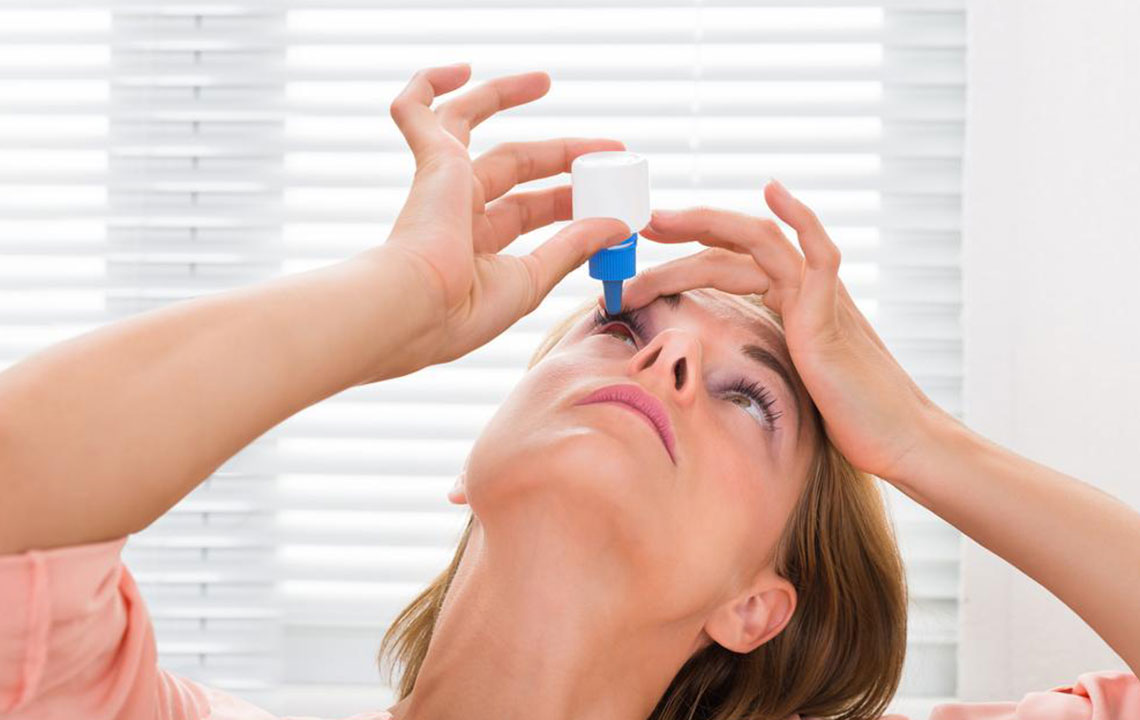Understanding Dry Eyes: Symptoms, Causes, and Management
Dry eye disease is a common condition characterized by insufficient tears or tear imbalance, causing discomfort and vision issues. Symptoms include burning, redness, and blurred vision. Causes range from aging and autoimmune diseases to environmental factors. Diagnosis involves specific tests, and treatment includes artificial tears, medications, and lifestyle changes. Early intervention helps prevent complications. Maintaining eye hydration through proper habits and consulting an ophthalmologist ensures effective management of this prevalent eye condition.

Understanding Dry Eyes: Symptoms, Causes, and Management
Chronic dry eye syndrome occurs when the eyes fail to produce enough tears to stay lubricated. Also called dry eye syndrome or keratoconjunctivitis sicca, it is a persistent condition with no definitive cure but manageable symptoms.
Signs and Symptoms of Dry Eyes
People often notice one or more of these signs, especially after prolonged screen time or exposure to dry, air-conditioned environments. Both eyes are typically affected.
If symptoms continue, consulting an eye specialist promptly is advised.
Underlying Causes of Dry EyesDry eyes develop when tear production is reduced, tears evaporate more quickly, or the tear composition becomes imbalanced. Tears are composed of water, fats, and mucus—any disruption can cause dryness.
The root causes vary among individuals.
Reduced Tear Production
Known as keratoconjunctivitis sicca, causes include:
Getting older
Gland damage from inflammation or radiation exposure
Medical issues such as diabetes, autoimmune diseases, or vitamin A deficiency
Medications including antihistamines, antidepressants, and certain blood pressure or acne treatments
Temporary dryness after laser eye procedures
Rapid Tear Evaporation
Even with adequate tear production, fast evaporation can cause symptoms, triggered by:
Prolonged focus on screens or reading without blinking enough
Environmental factors like wind, smoke, or dry air
Structural eyelid issues such as ectropion or entropion
Tear Composition Imbalance
The tear film’s three layers—oil, water, and mucus—must be in balance. Blocked oil glands can disturb this balance, leading to dryness.
Who Is at Risk?
People over 50 experience decreased tear production. Women, due to hormonal shifts during pregnancy and menopause, are more susceptible. Other risk factors include vitamin A deficiency and contact lens use. Untreated dry eyes can cause infections, corneal damage, and affect daily activities.
Diagnosis of Dry Eye Disease
An eye exam helps find the root cause. Tests like the Schirmer test measure tear volume using absorbent strips placed under the eyelids. Additional assessments use dyes to evaluate surface damage and tear evaporation rates, guiding appropriate treatment.
Managing Dry Eyes
Mild symptoms can often be relieved with over-the-counter artificial tears. Treatment aims to improve tear quality and production while reducing symptoms without side effects.
Medical Treatments
Prescriptions include anti-inflammatory medications, cyclosporine eye drops, tear substitutes, and tear-stimulating drugs. In severe cases, blood-derived eye drops, eyelid massage, light therapy, specialized lenses, or tear duct closure procedures are options.
Preventive measures involve lifestyle modifications: avoiding dry or smoky environments, adjusting screen height, taking regular breaks, and using protective eyewear. Keeping eyes lubricated is essential for those experiencing dryness.
Dry eye disease is prevalent; maintaining eye moisture is vital to prevent chronic discomfort and complications.










